Overview
The T-M10 Solar Lunar Rover DIY Learning Kit is an educational project kit that introduces students to solar energy, robotics, and space exploration. This solar-powered rover kit lets learners build a miniature lunar exploration vehicle to discover how sunlight can be converted into motion and how simple robotic systems are designed.
Key Benefits and Learning Outcomes
- Hands-on STEM learning: practical experience in science, technology, engineering, and mathematics.
- Solar energy fundamentals: observe solar conversion and understand renewable power in action.
- Basic robotics and mechanics: learn about motors, gearboxes, wheels, and chassis design.
- Electrical circuits: connect a solar panel to a motor and explore simple wiring concepts.
- Problem-solving and creativity: assemble, test, and iterate on the rover design for better performance.
Features and Highlights
- Solar-powered rover: Operates using a solar panel; no batteries required.
- STEM-focused: Designed to teach renewable energy, robotics, and mechanical motion.
- DIY assembly: Unassembled kit encourages hands-on building and step-by-step learning.
- Complete hardware set: Includes the components and tools needed to build the rover out of the box.
- Beginner-friendly: Simple mechanical parts and clear instructions make it suitable for students.
- Space exploration theme: Mimics the look and function of a lunar exploration rover for added engagement.
Package Includes
- Solar panel module
- DC motor and gearbox set
- Rover chassis and wheel components
- Connecting wires and gears
- Mounting screws and assembly tools
- Step-by-step instruction manual
Specifications
- Power source: Solar panel (no batteries required)
- Material: High-quality plastic and durable components
- Assembly type: DIY (unassembled)
- Skill level: Beginner to intermediate
- Learning focus: Solar energy, robotics, mechanical motion, space technology
How the Solar Lunar Rover Works
The solar panel converts sunlight into electrical energy that powers the DC motor. The motor, through the attached gearbox and gears, transfers torque to the wheels, creating forward motion. This simple conversion chain—light to electricity to mechanical motion—demonstrates fundamental engineering principles used in larger solar-powered vehicles and robotic systems.
Classroom Uses and Project Ideas
- Science fairs: present a working solar rover and explain energy conversion and robotics concepts.
- Group activities: split assembly tasks among students to promote teamwork and collaboration.
- Experimentation: test rover performance under different light conditions or surface types.
- Extensions: modify gearing ratios or wheel sizes to explore speed and torque trade-offs.
Assembly Tips and Safety
- Follow the step-by-step manual and assemble on a clean, flat surface.
- Keep small screws and parts organized to avoid loss during assembly.
- Supervise younger students when handling tools or small components.
- Test the rover outdoors on a sunny day for best solar performance.
Why Choose the T-M10 Solar Lunar Rover Kit
This kit provides a clear, engaging introduction to renewable energy and robotics with an exciting space exploration theme. It is an excellent resource for teachers, parents, and hobbyists who want a practical STEM activity that encourages curiosity, creativity, and critical thinking.
Note: Images are for illustration purposes only.

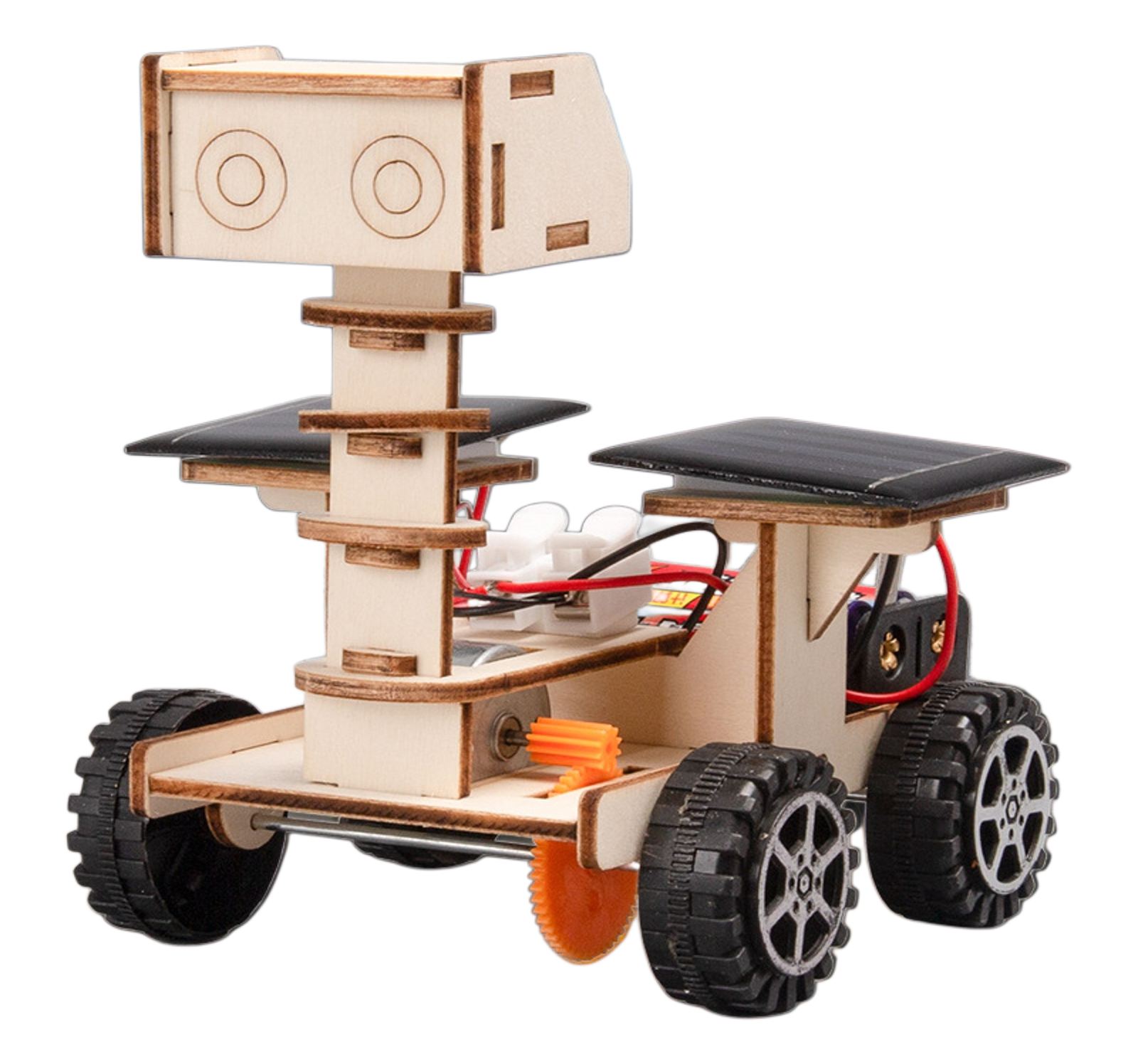

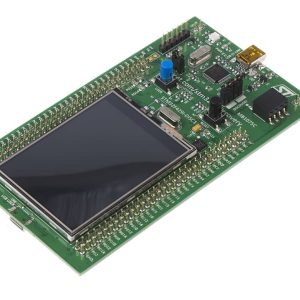
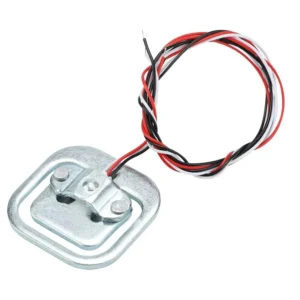
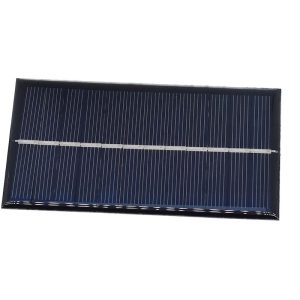
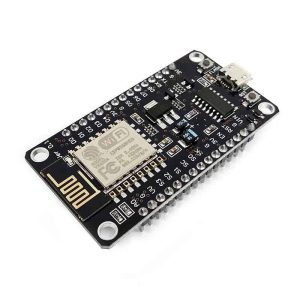
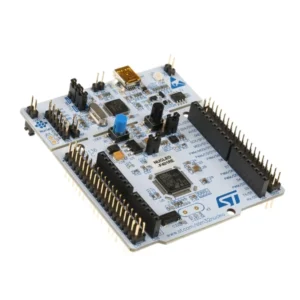
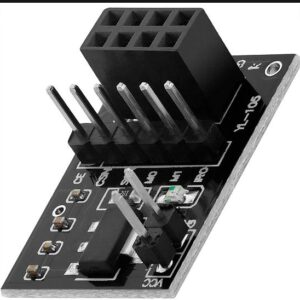
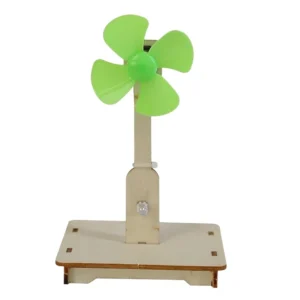
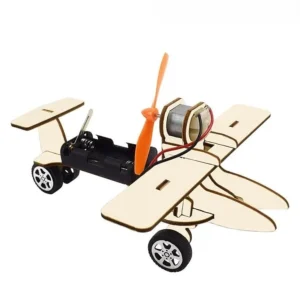
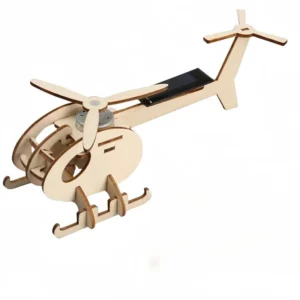
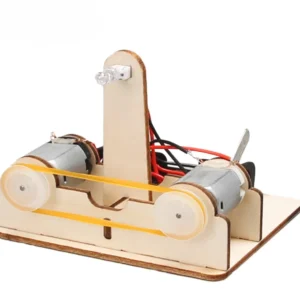

Reviews
There are no reviews yet